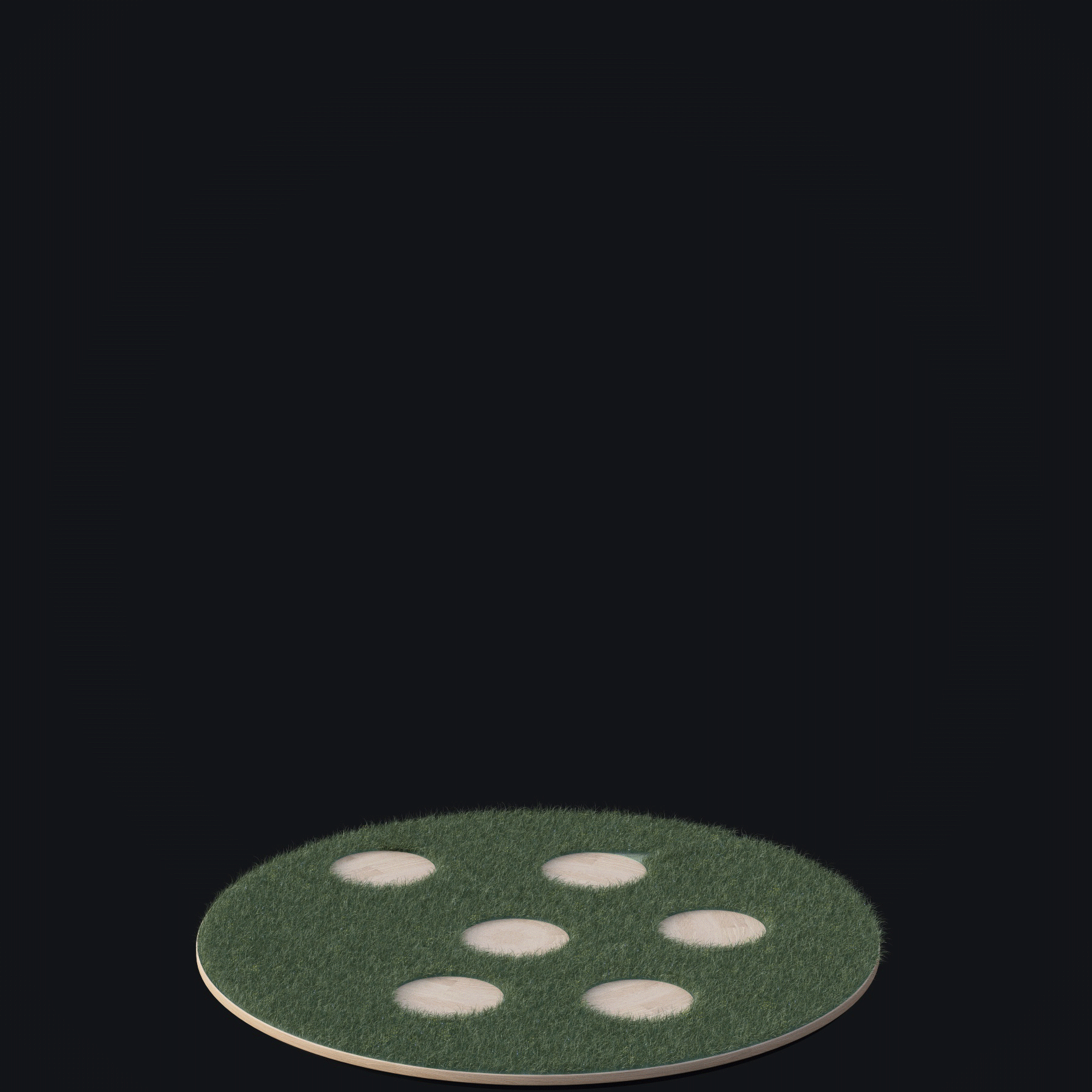Designed by Studio Precht, ‘Bert’ is a family of modularly structured houses that invite people to experience architecture through the eyes of children.
Studio Precht is known for designing spaces which challenge people’s preconception of architecture whilst promoting diversity. The project is in collaboration with Baumbau, a start-up that specialises in micro buildings for alternative tourism.
Exploring how architecture is thought of as a serious and profound craft with a long culture and tradition, Studio Precht take their inspiration from all streams of creativity and disciplines — nature, literature and philosophy. “For this project, we also looked at art to find reference,” says Studio Precht. “But not at Michaelangelo or Dali. Rather we looked at cartoon characters of Sesamestreet or Minions.”
Bert is designed to look like the trunk of a tree — its modular sections branchout in various directions; and the interiors are fashioned from dark fabric which orients occupants towards the large glass opening. Similarly to other modularly designed structures, Bert is fabricated in a factory and put together on site. The design can also expand to be taller and wider by adding additional modules.
Bert is designed with solar panels on either side of the roof, and has a composting toilet and a water treatment facility. Its modular structure can be replaced by steel, and although the structure is designed as a micro home, it is possible to design its modules in much larger configurations for hotels or large offices, for example.
When devising Bert, Studio Precht wanted to create a building with unique character that merges into the forest. “I think this quirkiness can create feelings and emotions. And maybe these are attributes in architecture that are missing these days,” they explain.
The project reflects how so many cities across the world are often formed entirely from steel and concrete (which are easy to construct and are profitable). This ‘international style’ results in cities such London, Rio, Beijing and Vancouver all appearing the same. As the Studio explains, “We used to build more diverse, climate appropriate and culturally defining. During the last decades, we’ve lost thousands of years of building intelligence and building traditions. Architecture that is shaped by profit and greed becomes lazy and boring.”
To view more about the project, visit the Studio Precht's website.




